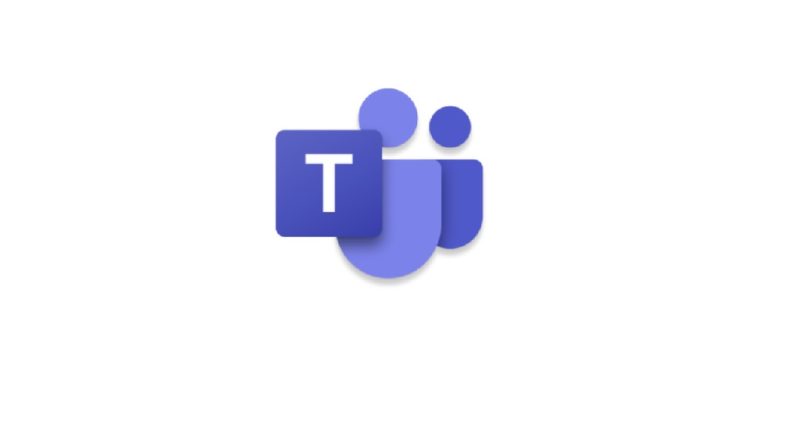Microsoft has announced multiple new features for Teams, as the platform continues to perform exceptionally amid coronavirus-forced work from home environment. The platform, which has become Microsoft’s go to tool for conducting office work and collaborate through calls, chats, and audio and video meetings, saw tremendous support from the company at its virtual Build event.
It would be useless to talk about an even like Build, which is centred around developers, and not talk about the changes designed for them.
Thus, first and foremost, Microsoft said that the platform has been adapted to make it “easier to build and publish apps. The blog post from the company, detailing the changes, announced the new Visual Studio and Visual Studio Code Teams extension, with which “developers can use the power and familiarity of these tools to quickly build project scaffolding, configure features, create app package manifest and setup hosting, validate app package manifest, and start the app publishing process (for yourself, to your organization’s catalog, or to the Teams app store).”
Moreover, the company is also bringing low-code bots to Teams, with Power Virtual Agents, which is the newest component of the Power Platform. “There are a number of new features that are rolling out over the coming months that will make it easier to create and manage low-code chatbots from within Teams and more streamlined for end users to use Power Virtual Agents bots in Teams,” the blog reads, saying that Microsoft will be adding a FAQ bot template on GitHub and the use of Power Virtual Agents bots, which will remove “the need for users to sign in again when using a Power Virtual Agents bot in Teams.”
Microsoft is also introducing the “Add to Teams” button in Power Apps for Power Apps makers which will push any new app to the Teams app store in a single click. Moreover, there are several new Power Automate triggers and actions built specifically for Teams to unlock custom message extensions, as well as a “new business process scenario templates built for Teams.” If that isn’t enough, new actions using the Power Automate are being made available so that “developers can take information from Shifts and create customized workflows with other apps or perform operations at scale.”
The company is also announcing Improved Power BI sharing to Teams, Activity feed notifications for apps, Granular Permissions, Mobile device capability for apps, New Microsoft Graph APIs for subscribing to notifications for new app messages, New Teams Graph APIs in v1.0, Graph APIs for Shifts and App Studio Update (v1.4.0). Now this long list, along with all the other features mentioned before, will make the process of developing apps a joy, all on Teams.
However, if you thought the updates ended here, think again. Microsoft also plans to enhance the IT Admin’s ability to manage apps by introducing a streamlined process to manage apps, a new 3rd-party subscription purchase experience, the ability to grant consent to Graph API permissions on behalf of the entire tenant and new controls to enhance the Teams app discoverability experience.
Lastly, the Teams app will be refined to enhance end user’s experience, by the introduction of pop out ads, templates like event management, crisis response, hospital ward and bank branch, contextual search by the use of ctrl+F, Azure Active Directory Single Sign-On (SSO) for supported Teams apps on both desktop and mobile and, enabling end users to run apps and tabs even if their IT admin has set up conditional access policies requiring the use of a trusted device. Microsoft will also allow users to install an app for their specific team and restrict the app’s scope and access to data to only that one team. There’s also more powerful adaptive cards and messaging actions for mobiles, which can be triggered directly from a message and used to enable scenarios such as creating tasks or work items following a discussion within a chat or channel.
However, the biggest change on the user end just might be the introduction of Lists, which the company announces by saying, “Microsoft Lists helps you track information and organize work. List are simple, smart, and flexible, so you can stay on top of what matters most to your team. Track issues, assets, routines, contacts, inventory and more using customizable views and smart rules and alerts to keep everyone in sync. With ready-made templates, you will be able to quickly start lists online, on our new mobile app, and directly from within Microsoft Teams.”
Teams is also being modified to connect with external audiences, allowing organizations to “schedule, manage and conduct business-to-consumer meetings, through the new Bookings app integration.” “Organizations can now manage multiple departments and staff in a single scheduling experience and can easily schedule virtual appointments with external attendees, such as healthcare virtual visits with patients, job candidate interviews, customer service appointments in retail, and student office hours,” the blog added.
Microsoft also announced New Network Device Interface (NDI) support and Skype TX interoperability for Microsoft Teams.
With this bombardment of new changes, Teams is shaping up to be Microsoft’s ace in the hole for COVID 19.
The Tech Portal is published by Blue Box Media Private Limited. Our investors have no influence over our reporting. Read our full Ownership and Funding Disclosure →







